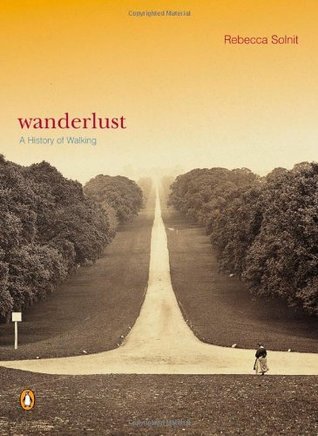More on this book
Community
Kindle Notes & Highlights
The Mirage’s volcano buried the old Vegas as decisively as Vesuvius did Pompeii, changing architecture and audiences together.
Vegas has become the successor to Vauxhall, Ranelagh, Tivoli, and all the other pleasure gardens of the past, a place where the unstructured pleasures of walking and looking mingle with highly organized shows
it performs a souvenir’s function: recalling a few pleasant and reassuringly familiar aspects of a complicated place.
An arcade was never much more than a mall, and though a flâneur was supposed to be more contemplative than the average mall rat, shallow gentlemen are as common as soulful shoppers.
Environmentalists are always arguing that those butterflies, those grasslands, those watershed woodlands, have an utterly necessary function in the grand scheme of things, even if they don’t produce a market crop. The same is true of the meadowlands of imagination; time spent there is not work time, yet without that time the mind becomes sterile, dull, domesticated.
Walking has been one of the constellations in the starry sky of human culture, a constellation whose three stars are the body, the imagination, and the wide-open world, and though all three exist independently, it is the lines drawn between them—drawn by the act of walking for cultural purposes—that makes them a constellation.


